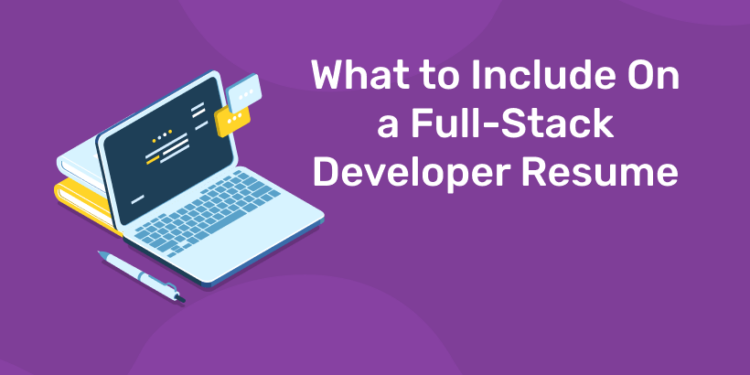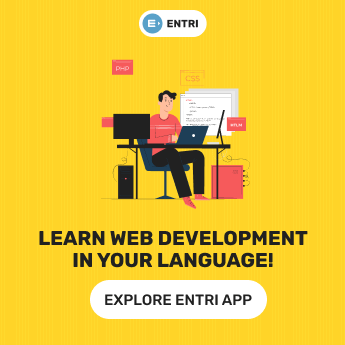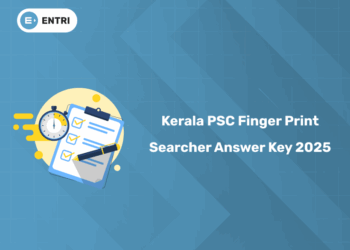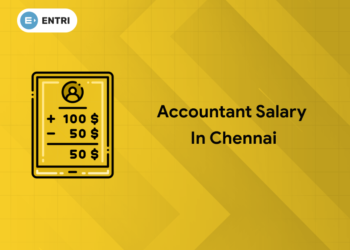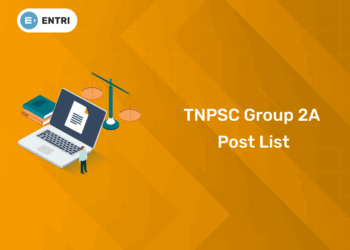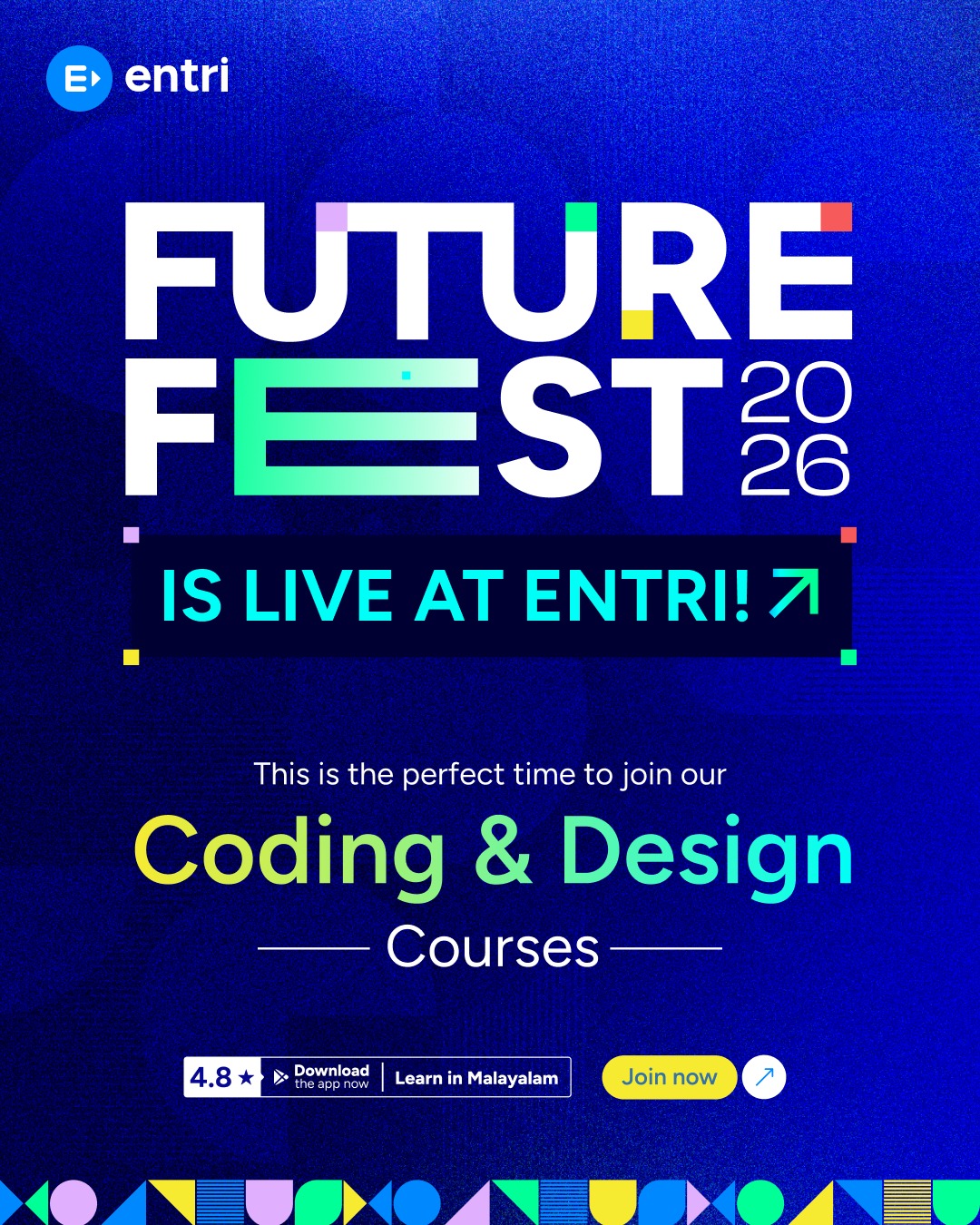Table of Contents
Your resume is your chance to show the hiring manager your full set of skills, including soft skills like your ability to collaborate and effectively communicate with coworkers. You can also use your resume to connect your previous experience to the position you’re applying for to further highlight how you’re a good match for the role.
With skills to build web applications from end-to-end, Full-Stack Developers are highly sought after employees. But, that also means the industry is competitive. To help increase your chances of landing an interview for your next role, you’ll want your resume in top shape.
Below, you’ll find what to include on a Full-Stack Developer resume to grab the attention of the hiring manager and boost your chances of landing your next job.
What to include on a Full-Stack Developer resume
Here are a few key sections to include on your resume.
Contact information
Your contact information should be easy to find so the hiring manager can find it quickly once they’re ready to contact you. Consider putting it in the top right-hand corner or directly under your name at the top of the page. Along with your name, phone number, and professional email address, you can also consider including links to your portfolio and LinkedIn profile.
Summary or objective
The next section of your resume is typically a summary or objective. A summary is a brief description of your experience. It can also include an achievement you’re especially proud of.
While it might seem like a summary is only for experienced professionals, that’s not the case. If you’ve just completed an online program, graduated from a traditional college, or are a self-taught developer, you can still highlight your achievements in this section.
An objective focuses on your career goals. You can mention the position you’re applying for, two or three key skills, and what you hope to accomplish in the position.
Power up your career with Entri Elevate – Full Stack Development Course!
Full-Stack Developer skills
You’ll also want to dedicate a section of your resume to your skills. This section can come right after your summary or after your work experience, depending on which layout you decide to go with. In your skills section, you’ll want to highlight both hard skills and soft skills.
As a Full-Stack Developer, you’ve likely learned multiple programming languages, databases, content management systems, and frameworks. These are all examples of hard skills. Depending on how you format your resume, you could group your skills into categories, like “programming languages,”“front-end stack,” and “back-end stack.” Here are some categories and technical skills to consider highlighting:
- Web development stacks: LAMP and MEAN
- Programming languages: List the programming languages you know and your proficiency level. Considering including C++, C#, Java, JavaScript, Python, Ruby, PHP, SQL, and HTML & CSS.
- Libraries and frameworks: Django, Angular JS, and React
- Databases: Oracle, MongoDB
- Content management systems: WordPress, Squarespace, Wix, and Ghost
- Design: UI/UX design, Photoshop, Illustrator, and Sketch
- Cloud computing: If you’re familiar with cloud technologies and platforms, like AWS, include these.
Soft skills are harder-to-quantify skills that employers look for like problem solving, collaboration, written communication, innovation, time management, leadership, and creativity. You can also highlight your soft skills as you discuss your prior work experience.
Experience
The next section of your resume discusses your work experience. List this in reverse chronological order — start with the most recent job and work your way backward.
In each listing, include your job title, the company you worked for, where the position was located (city and state), and what you did. You’ll want to do more than just list your tasks, though. You want to highlight what you accomplished in quantifiable terms.
This applies even if the work experience isn’t directly related to full-stack development. For example, if one of your previous positions was in retail management, discuss how you increased sales or improved employee productivity. This shows employers that you can take initiative and improve your workplace for the better.
Learn to code from industry experts! Enroll here
Courses and education
You’ll also want a section for your courses and education. Include any degrees you’ve earned, even if they’re not directly related to being a Full-Stack Developer. You should also include any courses you’ve taken or certificates you’ve earned. List your degrees first and in reverse chronological order if you attended multiple schools.
Tips for getting your resume noticed
1: Which of the following is a JavaScript framework/library?
What can you do to make your resume stand out? Here are a few tips:
- Attractive formatting. There’s a lot of information to include on a resume. Consider formatting your resume with columns to make the most of the space. Use a readable font type and size. You can easily find templates online to help you format your resume.
- Save as a PDF. Unless the employer has a preference, save and upload your resume as a PDF. That way, the formatting that you worked so hard on is preserved, and it’ll look the same on any device.
- Write your summary or objective last. It’ll be easier to write your summary or objective once you’ve completed the rest of your resume. That way, it aligns with the experience you’ve highlighted throughout your resume.
- Start each entry in your work experience descriptions with a verb. A verb puts the focus on what you accomplished at each position. Words like “wrote,” “developed,” “created,” or “led,” will show hiring managers what you can do.
- Tailor every resume: While a lot of your resume will stay the same, take the time to adjust each one to incorporate the qualifications mentioned in the job description in your resume. For example, if the posting mentions specific technical skills that you have, make sure those are listed in your skills section.
🚀 Start Coding Today! Enroll Now with Easy EMI Options. 💳✨
Get Hired as a Full-Stack Developer: Master the Skills Employers Are Looking For!
Start Learning With EMI Payment OptionsWhat if this is your first Full-Stack Developer job?
If you’re applying for your first Full-Stack Developer job, your approach depends on whether you have previous experience in IT. If you have experience in front-end or back-end development, you’ll want to highlight that experience along with the skills you’ve learned that make you a good candidate for the position.
If this is your first job in IT, you’ll want to move your education section up to or near the top of your resume. It should either follow your objective or your skills section.
In your work experience, highlight your transferable skills like problem-solving, leadership, creativity, and persistence. These skills are just as important as your technical skills, if not more.
Learn Full Stack Development with Entri! Click Here
How to get ready for your Full-Stack Developer interview
Once you’ve submitted your resume, you can focus on preparing for both behavioral interviews and technical interviews. Practicing Full-Stack Developer interview questions is a great way to prepare for any questions that come your way. And, if you feel like you could benefit from taking a course to brush up on your skills, we offer courses in Full Stack Development ,Web Development and much more.


